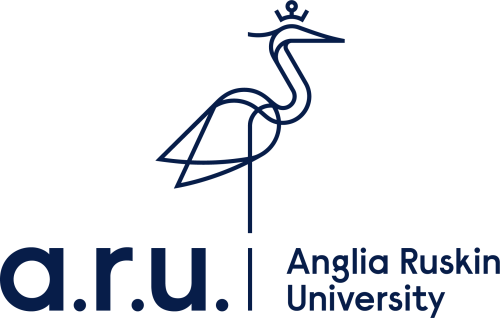We use cookies to improve and customise your experience, for analytics and metrics, and to track any purchases you make both on this website and on others. To find out more about the cookies we use see our cookie policy
More info
- Work with fashion designers to support the design and development process
- This role can help you gain the experience you'd need to become a fashion designer
- A highly creative role, but you'll also need practical pattern-cutting skills and good business sense
DAY-TO-DAY DUTIES
- Creating prototypes and tailoring garments
- Producing technical sketches
- Explaining technical and creative ideas to designers
- Sourcing fabrics and trimmings
- Creating mood, shape and trend boards
- Gaining approval from customers
- Working closely with factories and suppliers
- Participating in meetings with customers and fabric agents
- Inspecting products during the design process
DAY-TO-DAY ENVIRONMENT
You'll usually work in a studio or workshop, but you may travel to visit manufacturers. You may also go on research trips to visit art galleries, trade shows, or particular places or countries linked to a design theme.
You'll need
This role would be ideals for someone with an eye for design and colour, excellent presentation skills, excellent negotiation skills for working with customers and suppliers, and strong pattern cutting skills.
You could do a foundation degree or higher national diploma in fashion design or fashion and textiles.
You could also take a college course to learn skills in pattern cutting, computer-aided cutting techniques and design software. Courses include a Level 2 Diploma In Skills for the Fashion Industries, Level 3 Certificate in Fashion and Clothing, Level 3 Diploma in Fashion and Textiles and Level 3 Extended Diploma in Fashion Design and Production.
A course that teaches both design and technical skills will give you the practical knowledge that employers look for.
Alternatively you could start by taking an intermediate or advanced apprenticeship in fashion and textiles. You could also do a fashion studio assistant advanced apprenticeship.
You'll need to put together a portfolio of your work to take to course and job interviews. This should include mood boards, designs and drawings. An employer or college may also ask you to take along actual clothes that you've produced.
There is strong competition for jobs in the fashion industry, so any contacts and experience you can get will help when looking for work. You could get this through internships, work placements or volunteering.
You can start as a general assistant with a fashion company or retailer and work your way up, taking training and getting qualifications along the way.
CAREER PROSPECTS
With experience you could progress to designer, then senior designer or design director. As a design director you could create your own range and manage a design team. You could also move into freelance design, working on individual projects, or self-employment, creating your own collections.




